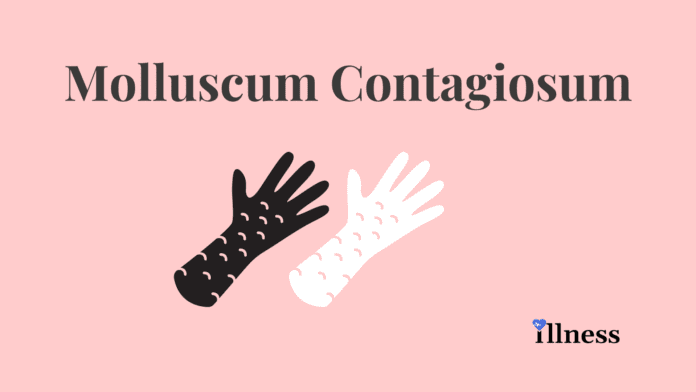Overview Of Molluscum Contagiosum
Molluscum contagiosum is a viral skin infection that causes raised, pearl-like papules or nodules on the skin.
Causes Of Molluscum Contagiosum
Molluscum contagiosum is caused by a virus that is a member of the poxvirus family. You can get the infection in different ways.
This is a common infection in children and occurs when a child comes into direct contact with a skin lesion or an object that has the virus on it. (A skin lesion is an abnormal area of skin.) The infection is most often seen on the face, neck, armpit, arms, and hands. However, it can occur anywhere on the body, except it is rarely seen on the palms and soles.
The virus can spread through contact with contaminated objects, such as towels, clothing, or toys.
The virus also spreads by sexual contact. Early lesions on the genitals may be mistaken for herpes or warts. Unlike herpes, these lesions are painless.
Persons with a weakened immune system (due to conditions such as HIV/AIDS) or severe eczema may have a rapidly spreading case of molluscum contagiosum.
Symptoms
Molluscum contagiosum on the skin begins as a small, painless papule, or bump. It may become raised to a pearly, flesh-colored nodule. The papule often has a dimple in the center. Scratching or other irritation causes the virus to spread in a line or in groups, called crops.
The papules are about 2 to 5 millimeters wide. Usually, there is no inflammation (swelling and redness) and no redness unless they have been irritated by rubbing or scratching.
In adults, the lesions are commonly seen on the genitals, abdomen, and inner thigh.
Exams & Tests
The health care provider will examine your skin and ask about your symptoms. Diagnosis is based on the appearance of the lesion.
If needed, the diagnosis can be confirmed by removing one of the lesions to check for the virus under a microscope.
Treatment Of Molluscum Contagiosum
In people with a healthy immune system, the disorder usually goes away on its own over months to years. But the lesions can spread before they go away. Although it’s not necessary for a child to be treated, schools or daycare centers may ask parents that the child be treated to prevent spread to other children.
Individual lesions may be removed with minor surgery. This is done by scraping, de-coring, freezing, or through needle electrosurgery. Laser treatment may also be used. Surgical removal of individual lesions may sometimes result in scarring.
Medicines, such as salicylic acid preparations used to remove warts, may be helpful. Cantharidin is the most common solution used to treat the lesions in the provider’s office. Tretinoin cream or imiquimod cream may also be prescribed.



